To be different or looking different has always been a major problem and is considered to pose a threat to norm-creating societies. This difference can be color, gender, race, religion or disability. Although among these mentioned categories there is one that includes everything, which is disability. Given that certain races or individuals with non-normative gender orientations have been associated with intellectual or genetic inferiority, disability crosses as a social category with other disadvantaged groups to some degree.
Scholars evaluate disability in the social and political structures by trying to separate it from a medical context. For example, Lennard Davis (2010) clarifies the distinction between disability and disability. He states that, "Weakness is the physical fact of lack of an arm or a leg. Disability is the social process that turns a disability into a negative one by creating barriers to access." With that in mind, in this blog, I will try to investigate what "disability" meant in different periods, in the following I will share some examples of how popular culture represents people with disabilities.
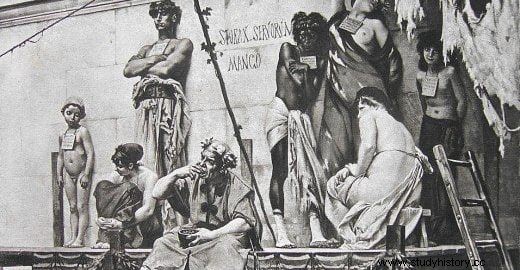
Ancient Greeks and Romans
One of the first things I think about about ancient Greeks is the perfectly-body-shaped, anatomically impossible statues. These sculptures suggest the concept of ideal beauty and give hints about what may be the attitude towards people with disabilities. The ancient Greeks did not have much tolerance for people with disabilities. For example, Spartans would leave disabled babies in deserted places. In Politics , Aristotle wrote that a law should be passed forbidding any disabled child to live:"Let there be a law that no deformed child should live." His solution for them was euthanasia.
As for the Romans, they viewed people with disabilities as a source of shame. There were different practices they used on them. They would leave the deformed children to die, sometimes selling them as slaves or using them as entertainers in court.
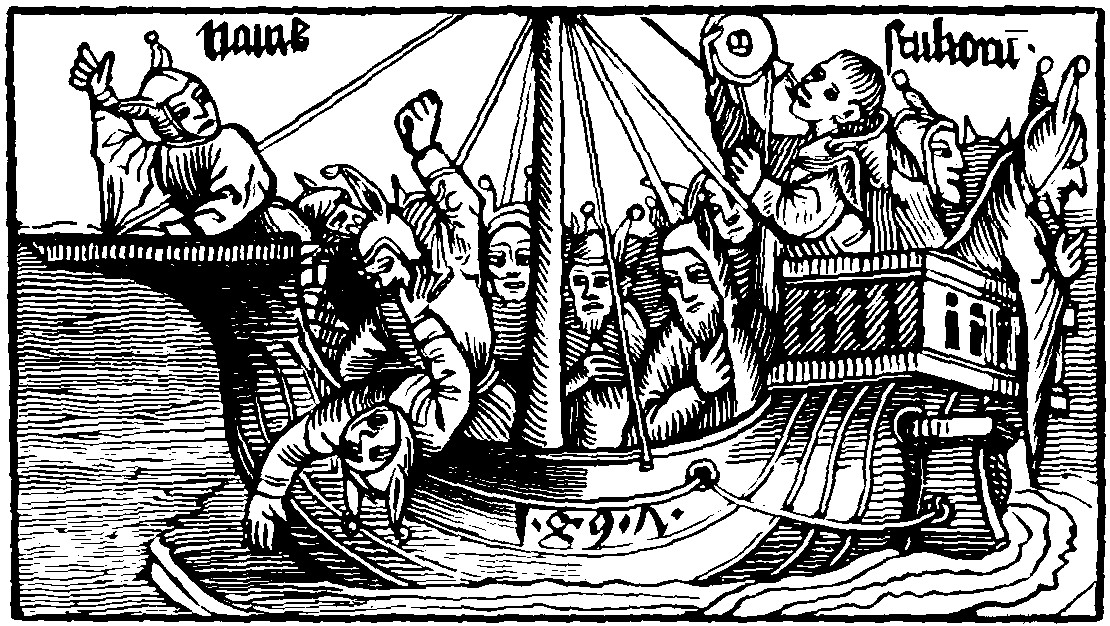
Middle Ages
Since the Middle Ages lasted for over 1000 years, we can talk about a homogeneous approach to people with disabilities. There were rather different positive and negative perspectives. To begin with, disability did not exist as a word. People were rather blind, dumb, dumb, madmen, fools or tail. These were the terms used for people with disabilities.
Second, they generally shared the same category with the poor. In addition, beggars pretended to be blind. Thus, people were never sure if the blind were actually blind or just did not make money by begging. There was also another fact, which problematized the state of blindness. In the Middle Ages, criminals were blinded as a punishment. In a way, this act also criminalized blindness.
With the rise of Christianity, the disability also had religious treatment. Some viewed disability as a sign of uncleanness and sin. In some cases, cure was possible through cleansing rituals. For example, Jesus Christ healed some disabilities that showed divine power. This dampened the negative attitudes of people with disabilities. People gave alms and the church took care of them.
In addition, "Idiotbur" and "Foolish ships" were common practice for showing people with disabilities. The first used them for entertainment and to keep them out of trouble. Ships of fools would travel from port to port and exhibit mentally disabled people in exchange for money.
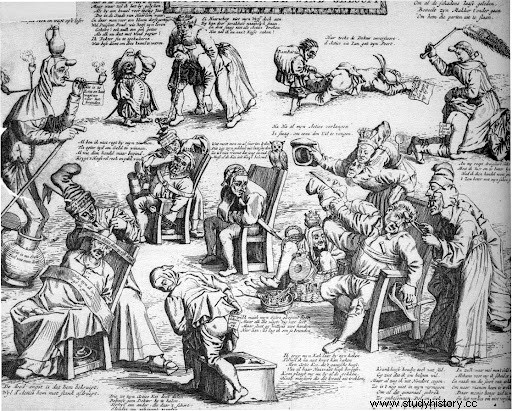
The early modern period
While disabilities were more spiritual experiences for the Middle Ages, Early Moderns approached them with a more materialistic perspective. First of all, there was a new focus on Galen's humor:black bile, yellow bile, blood and mucus. Diseases will occur in excess of some of these humor. Melancholy example would occur in excess of bile.
Second, the concept of self and the dignity of self emerged. The connection between the microcosm (humans) and macrocosmic worlds (the great order or cosmos) was very widespread. This analogy would reveal the truth about human nature. In other words, the self was also part of the environment.
Queen Elizabeth also ordered the adoption of poor laws. Now it was the government rather than the church that took responsibility for people with disabilities. However, the conditions they had to live under were very challenging.
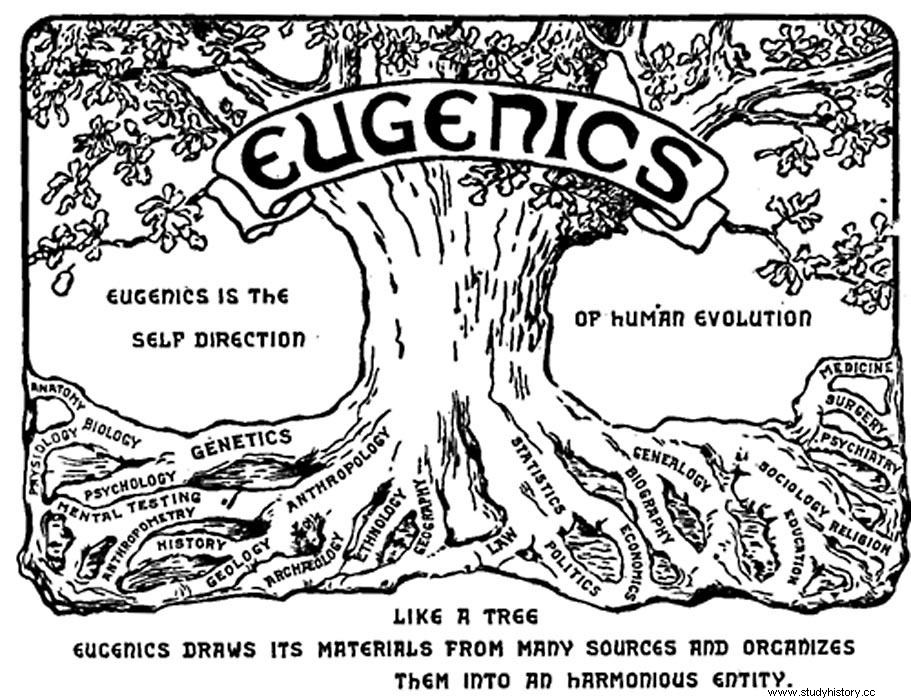
Handicap in 19 th and the early 20s
In the wake of the industrial revolution, a massive institutionalization process was underway along with the growth of institutions for the disabled, such as asylum and workhouses. This was an attempt to remove people with mental and physical challenges from the public. In addition, "special schools" have been established for people with learning disabilities or with hearing and visual impairments. Everything for them was separate, and they were forced to live a separate life from the rest of society.
In addition, disability had become a greater interest for social reformers such as Dorothea Dix and physicians such as Eduard Seguin (1812-1880) and Jean-Etienne Dominique Esquirol (1782-1840). Seguin and Esquirol dedicated themselves to studying cognitive impairment. Seguin opened the first "special school" in 1839 and it was in 1866 that he published his English work, entitled "Idiocy and its Treatment by the Physiological Method."
In the case of the French psychiatrist Esquiral, his most important contribution was to use clinical observations to obtain a systematic analysis of mental disorders. He also distinguished madness from mental retardation. In the wake of all this progress, eugenics and ugly laws served as alternative tools aimed at sterilizing people with disabilities from humanity and the public.
eugenics
Eugenics is a theory and a set of practices that advocates selective breeding. It considers genetically inferior groups due to their race, color or physical / mental disabilities and even economic status (eg poverty). Therefore, they aim to exclude these groups from breeding. In the beginning of 20 th century, Francis Galton was the father of this view. Galton considered people with disabilities to be genetically inferior. And he advocated that people with defects should not give birth because their children also wanted disabilities.
Ugly Laws
Another sterilization process is the ugly laws, which refer to the ordinances directed against "ugly beggars" in many cities in the United States. I The Ugly Laws:Disability in the Public , Susan M. Schweik goes into more detail on this topic and shares these regulations. For example, section 3 of the Ugly Laws of San Francisco (1867) states "any person who is ill, maimed, maimed or in any way deformed to be an abusive or disgusting object, or an inappropriate person who is allowed in or on streets, freeways, highways, or public places in the city or state of San Francisco shall not, or thereafter, expose themselves to public views. ”(491) New Orleans, Portland, Chicago, Denver, Columbus, and Pennsylvania are some of the other cities or states as officialized ugly laws.

Late 20s
After the 1950s and especially the 1970s, organizations adopted new approaches to disability. The need for human rights for people with disabilities gained worldwide recognition and became an international concern. First, in 1971, the UN General Assembly adopted the Declaration on the Rights of the Mentally Handicapped. Second, in 1975, than the Declaration of Rights of Persons with Disabilities was adopted. These declarations state that people with disabilities have the same human rights as others and should have full access to all kinds of public services. While the International Year of Persons with Disabilities is 1981 due to the UN call for an action program, December 3 has been celebrated as the International Day of Persons with Disabilities since 1992. In short, all these changes started a new era.

Americans with Disabilities Act (ADA)
On July 26, 1990, President George HW Bush signed the ADA. This law prohibits any discrimination against people with disabilities and forces institutions to make the necessary assessments so that people with disabilities can be active members of American life. Section 504 of the Rehabilitation Act of 1973 comes as an addition to the Civil Rights Act of 1964 which prohibits any discrimination on the grounds of race, color, religion, sex or national origin. The ADA defines disability in three aspects:
- "A physical or mental disability that significantly limits one or more major life activities",
- "A person who has a history or history of such impairment"
- "A person perceived by others to have such a disability"
Probably the most important part is the last statement, which points to the socially constructed aspect of disability.
Aids and accommodation
What can we do to make it easier for them? Fortunately, with the advancement of technology, there is a lot of software, such as Jaws, NVDA and screen modification software, that makes information more accessible to the disabled. In order to integrate them into society, we should also make the necessary adaptations to the environment. For example, we can build more ramps and elevators. Workplaces and schools can also provide Braille keyboards / prints, use technology more and arrange workshops to raise awareness of this issue.
Above all, it is one thing we should not forget. The biggest challenge for them is society itself instead of their disabilities.

Disability in academia
"We must recognize that disability is not just the physical condition of a small minority of people. It is the normal condition of man."
(Sutherland 1981:18).
Since the mid-1980s, disability studies has become an academic discipline that has fascinated researchers from anthropology, literature, medieval studies and many more. It is a relatively young field that crosses disciplines such as the humanities, social sciences and science. Courses in disability studies include ethics, art, history, government policy and legislation.
Disability and Anthropology
"Disability can be considered a culture, culture can be considered a disability, and cultural norms and values influence notions of disability"
(McDermott &Herve, 1995).
As mentioned earlier, disability studies interact with the studies of disadvantaged groups on the basis of race, gender, class and national origin. In this matrix, it stands out as "differentiating" and "stigmatizing" someone with respect to people's differences as the common problem. It is one of the ways in which disability comes into the anthropology scheme, which aims to go beyond the medicalisation of disability while focusing on it as a social construct. In that regard, cultural and medical anthropology has made the greatest contributions to the field of disability.

Disability models
There are many models for disability, such as a moral model, an empowering model, a charity model to address the issue of disability in different contexts. I will only give brief introductions to three major ones. This is the religious model for disability, the medical model for disability and finally the social / cultural model for disability.
Religious model for disability
This pre-modern model was more widespread in the Middle Ages. With the rise of Judeo-Christian traditions, disability was seen as proof of God. For people who saw disability from a positive perspective, helping people with disabilities was bringing them closer to God and the "disabled" were the symbols of the Saints. There was also another group that associated disability with evil and God's punishment. In short, all of these views led to God.
Medical model for disability
This model understands disability from a clinical perspective and focuses on the physical / mental disabilities, and sees the individual's body as a pure problem. The medical model of disability is problematic because it excludes social conditions that prevent people with disabilities from living a full life. In particular, this model is criticized for pathologizing differences. As Eyler (2010) states,
- This model reduces people with disabilities to study objects.
- It certainly does not take into account disabled people who do not seek or even want treatment.
The social / cultural model of disability
In this model, disability is a socially created problem. In other words, it does not link the problem to the individual, unlike the medical. Rather, it views the environment and its cultural narratives, languages and representations as the main barriers that exclude people with disabilities from full participation in life. As Eyler (2010) points out, "it allows us to take into account the full range of experiences of people with disabilities and does not force us to focus on constructed perceptions of disability at the expense of real, bodily phenomena."

Disability in popular culture
Hellblade:Senuas sacrifice
Developed by Ninja Theory, a British video game developer , Hellblade is a video game that takes you to the inner world of Senua, a warrior suffering from psychosis. The game contains the elements of Norse mythology and Celtic culture, and follows the warrior Senua who must reach Helheim by fighting against other worldly creatures to save the soul of his dead lover. One of the most important dilemmas in the game is that we are never sure if the creatures she is fighting with are real or just some illusions in Senua's head. Thus, the game is more like a journey into Senua's thinking.
Considered a work of art by many critics, this well-thought-out and structured game really provides an embodied experience for people who want to get to know what psychosis is like. This game is a collaboration between video game developers, people suffering from psychosis and neuroscientists, and it works really well.
Freaks (1932) by Tod Browning
Freaks is a monochromatic documentary that focuses on the circus life of freaks. The main plot is about a dwarf who falls in love with a non-freak woman and his friends who try to save him from this violent woman. What I like best about this film is that it does not emphasize freak differences or try to stereotype them. Rather, it represents them in their own community when they fall in love, fight and always have each other's backs.
The other great aspect of the film is that the performances are authentic. Unlike most regular movies, disabled actors do not pass for disabled people. There is no pretense or imitation. Unfortunately, for the same reason, the film received very negative feedback from film critics. In my opinion, Freaks deserves to be seen and talked about more.
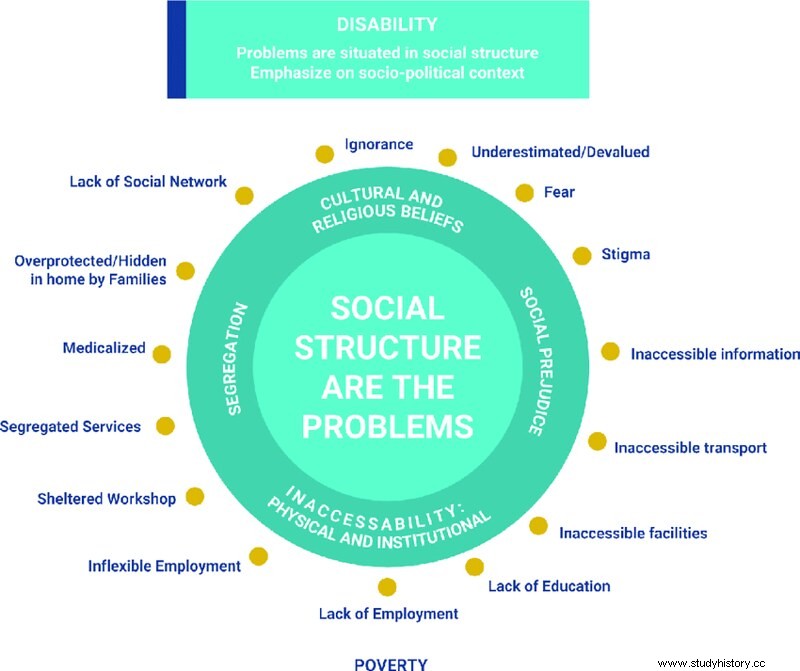
The Importance of Understanding Disability
Even if people with disabilities do not live up to society's aesthetic ideals, disability is the norm and will always be a part of our lives. As a society, it is our responsibility to make the necessary adjustments for people with disabilities, who are more likely to suffer from unemployment, less education, high poverty rates and less access to public services.
Over the centuries, there have been various strategies for sterilizing people with disabilities from the public or the human race through scientific racism, namely eugenics or legislation, as in the example of the ugly laws. Would you also think that we are sterilizing our language to make the disability problem less visible? Is that why we come up with longer sentences to depict a disability? Finally, I want to leave you a video of the American comedian George Carlin, in which he criticizes the "soft" language used for people with disabilities. I leave it to you to decide.
